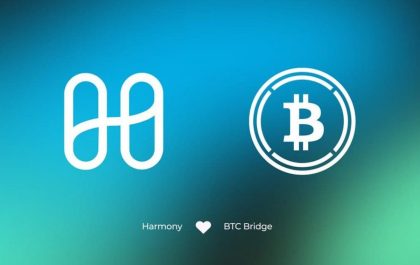Top Trends in Educational Learning – Technology has constantly evolved to impact different sectors of the economy, specifically education. It is worth noting the importance of technology in the current learning system due to the ongoing pandemic. Unfortunately, for most learning institutions, education can no longer function without technological advancements. On the bright side, these technological advancements have helped students to excel in their studies.
Below are the top 7 seven trending trends in educational technology that positively impact learners.
Table of Contents
1. Online Education
The surging numbers of smartphone and internet users are providing an opportunity to deliver learning via the internet. Online learning, which includes online courses and online assessments, is gradually gaining popularity. This is due to working professionals taking an interest in expanding their resumes without needing to attend physical learning institutions.
According to Comfy Living, the online education industry is estimated to be valued at around $350 billion by 2025, according to online market statistics. Technology is at the forefront of this advancement by providing learning platforms such as Moodle, Zoom, among others. Furthermore, if you are looking for the best GPA calculator for your academic or the best GPA calculator for high school, in that case, you can use theedadvocate to calculate your GPA easily.
Need help with your college online project? Check out this Omnipapers’ review before you start doing it.
2. Inheriting Blockchain Mechanism to Education Tech
Blockchain tech allows the easy and safe transfer of data without allowing for modification. The tech is exceptionally viable and helps prevent potential cybercrimes such as hacking. As such, blockchain tech can be used in the education sector in several ways, including;
- Certification verification
- Student credential verification
- Examination management.
3. Virtual Reality in Education
VR is a computer-generated tech, which can create a virtual environment that is interactive and immersive. VR has gained popularity, especially in the gaming industry and the construction industry. However, recent developments have introduced the concept of VR to the education sector, enhancing how learners acquire information.
The education industry chose VR to teach learners new ideas via new innovative techniques. VR allows individuals to learn with each other via interactive lessons with limited dimensions. Virtual Reality has improved the quality of education by displaying objects, processes, historical happenings, and locations.
4. Cloud-based Tech
Cloud computing is one of the most revolutionary sources for accessing data online. Via cloud computing, learners can access several video lessons and online data circulated by their course instructors. Students can also access pre-recorded live sessions to help them study materials at their convenience, especially due to varying time zones and professional lives.
Video messaging applications, such as Facetime and Skype, encourage learners to engage in instant chat sessions with their respective course instructors. The integration of language learning and technology in educational platforms like Doulingo and italki has significantly enhanced accessibility and engagement for learners worldwide.
5. Personalized Learning
Conventional classroom-based learning involves the standard theory-based syllabus taught by course instructors physically. Unfortunately, the syllabus, course instructors, mode of learning, and classrooms are all standard across most learning institutions. This is the case, even though students have different learning interests and capabilities and may impact their productivity.
Personalized learning via technology is the best way to help customize learning materials and syllabus after considering every learner’s strong and weak suits.
6. Artificial Intelligence
Artificial intelligence is dominating many sectors currently. AI is already being implemented in different industries, including manufacturing, healthcare, and finance. It would make sense to incorporate AI into the education sector to equip learners with the necessary experience.
The AI field introduces higher levels of personal learning, which is proving to be helpful to current learners. AI has a broad scope in the tech field, which will help most learners working in the future. Most importantly, AI can help in eliminating boundaries and equip students with proper IT skills.
7. Social Media at Learning Institutions
A majority of the learning population is mainly the young population obsessed and experienced in social media usage. Social media plays a huge role in students’ lives since it has become an almost elemental aspect of their daily lives. Social media is transforming the education sector as learners can connect easily via online platforms with their fellow students and course instructors.
Most importantly, social media encourages learners to express and share their innovative ideas to a bigger platform that opens up the possibility for endless opportunities.
Bottom Line For Educational Learning
Technology is infused in almost all sectors.
Moreover, the recent viral outbreak has negatively impacted the education sector. As a result of the strict measures being implemented to avoid further infections, there has been an almost forceful implementation and adoption of technology. These would include live classes and learning.
This inevitable change has helped the education sector to propel its journey towards complete digitization and advancements.
Related posts
Recent Posts
How Can I Find The Best 3PL Services Company Online In Virginia?
In the world of logistics and supply chain management, which is bursting with activity, finding a good third-party logistics (3PL)…
Sharding and Scaling Solutions: Bitcoin and Harmony
Bitcoin and Harmony – Blockchain technology has transformed the way we think about financial transactions and data security. However, as…



